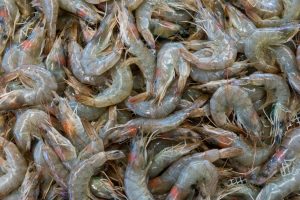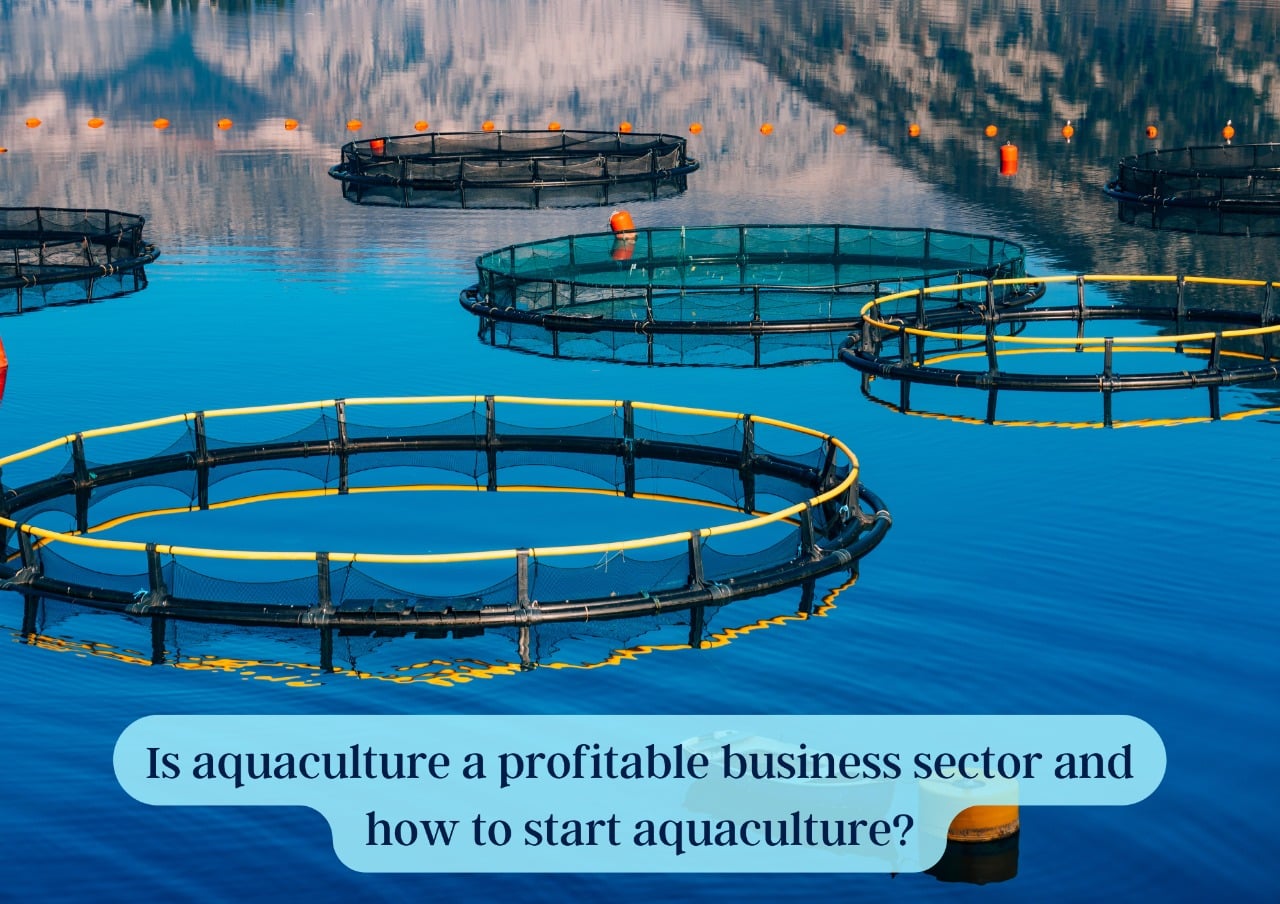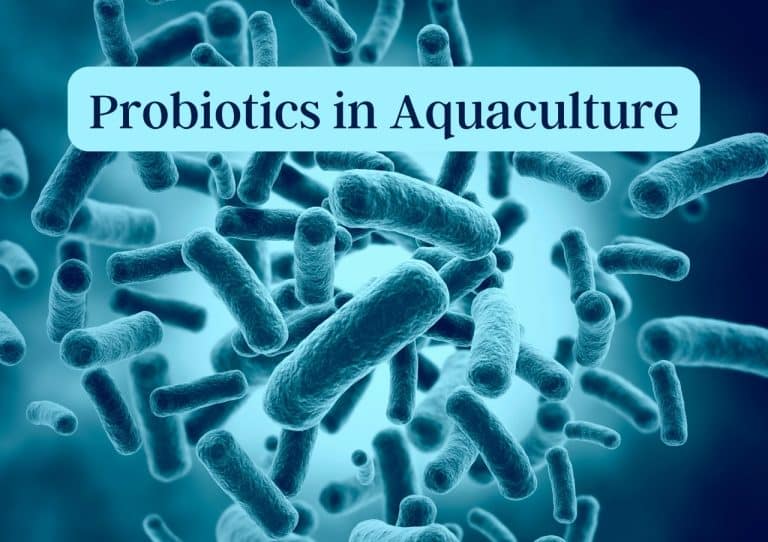Fish Farming in India: An Introduction to Aquaculture
Fish farming in India is slowly growing popular. Aquaculture not only offers dietary necessities for human consumption but also good job and income-generation prospects, particularly in economically depressed rural areas. Sixty million people work directly in primary fish production, either via fishing or aquaculture, sustaining the lives of 10-12 per cent of the world’s population.
Fish Farming in India
India is the world’s second-largest producer of cultural fisheries. Over the previous two decades, Indian aquaculture has grown six and a half times, with freshwater aquaculture accounting for over 95 per cent of overall aquaculture production. KisaanMitrr gives fish farming consultancy services for breeding methods like induced carp breeding and polyculture in static ponds and tanks which have resulted in a significant increase in aquaculture production, transforming the sector into a fast-growing business.
Inland Aquaculture in India
Carps Fish Farming
Polyculture of the three IMCs (catla, rohu, and mrigal), as well as composite carp culture of the three IMCs with the three exotic carps, are both used in carp culture (silver carp, grass carp and common carp). In a large aquaculture system, inputs are minimal save for seed. It makes use of the inherent productivity of the environment. Fertilization and feeding, on the other hand, are used in semi-intensive systems to boost productivity. Composite carp culture, sewage-fed fish culture, weed-based carp polyculture, and pen culture are all covered. Standardised production rates of 3-6 t ha-1yr-1 have been established. Cage culture and running-water fish culture have yielded yields of 10-15 and 20-50 kg m-2 yr-1, respectively.
Catfish Fish Farming
Pond cultivation of catfish is popular in India, with the most common species being magur and singhi. Modern farming techniques for these species recommend monoculture at stocking levels of 20,000-50,000 fingerlings ha-1, however, juvenile availability has limited their use in carp polyculture systems. Commercial farming of catfish is currently receiving a lot of interest because of the strong market demand for the species and the availability of a significant potential resource in the shape of swamps and derelict waterways. Because choosing the proper catfish species is so important like the Clarias gariepinus or African sharptooth catfish which is banned in India because they poses threat to Indigenous fish species. KisaanMitrr offers in-depth analysis to help you choose the perfect species for your fish farming needs.
Other finfishes
Other major finfishes with commercial aquaculture potential in India include climbing perch, murrels, and tilapia. It also has a lot of therapeutic and nutritional properties. The absence of seed, high mortality during the larval rearing period, and a paucity of larval and grow-out nutrition are all important restrictions for culture, just as they are for pabda.
Freshwater Prawn Fish Farming

Farmers can diversify their culture by successfully raising and larval rearing the gigantic river prawn M. rosenbergii and the monsoon river prawn M. malcolmsonii. M. rosenbergii is the most widely cultivated and fastest-growing species, with high demand in both local and foreign markets. KisaanMitrr provides consultancy services for not only choosing the right species of prawn but also other agriculture practices like hydroponics.
Fish seed production
When product quality was low and transportation costs from the collecting grounds to the farm site were high, carp seeds were traditionally collected from natural water bodies. The collection season was brief, and the yearly collection quantity fluctuated significantly depending on environmental circumstances. The degradation of river ecosystems has led to a rapid drop in collection quantity and quality.

System Diversification
Diversifications in systems such as fish seed rearing based on cluster farming; use of shallow/rain-fed ponds for producing stunted fingerlings; multiple stocking and multiple harvesting; wastewater aquaculture system implementation in locations where wastes that have high nutrient value are available. KisaanMitrr offers not only system diversification consulting, but also cost and loan DPR.
Feed technology and feed management
Among the various aspects of aquaculture, feed is the most expensive component, accounting for 60-70 per cent of the entire cost. Small and marginal farmers, who have a conventional mindset and little resources, have failed to accept supplementary feeding.
Important policy elements for managing constraints in freshwater aquaculture include
- Policy assistance for the growth of aquaculture on broad swaths of underutilised, unproductive, and unprofitable agricultural areas.
- Encourage the cultivation of a diverse range of indigenous species and the use of a variety of cultural methods.
- Increase output and productivity by utilising contemporary technologies.
- Encourage credit and insurance organisations to provide enough lending and insurance coverage to the industry through policy assistance.
- Appoint technical leaders in state departments and enhance the competence of their subordinates to bring in the professional management of the industry.
- Encourage research and development in the invention of new technologies using indigenous knowledge to meet the demands of farmers.
Conclusion
The National Aquaculture Development Plan calls for the expansion, intensification, and diversification of culture systems. The aquaculture sector in India must develop timely strategies to address future difficulties such as growing fish consumption, selective customer choices, the production of safe and high-quality fish protein, and maximising export earnings, to name a few. The researchers and development machinery in the Present status of freshwater aquaculture in India 164 freshwater sector must keep the rate of aquaculture development at the sound and sustainable levels if the government is to accomplish its priority aim of Blue Revolution to assure excellent fish protein. Get in touch for your fish farming consulting needs today!

